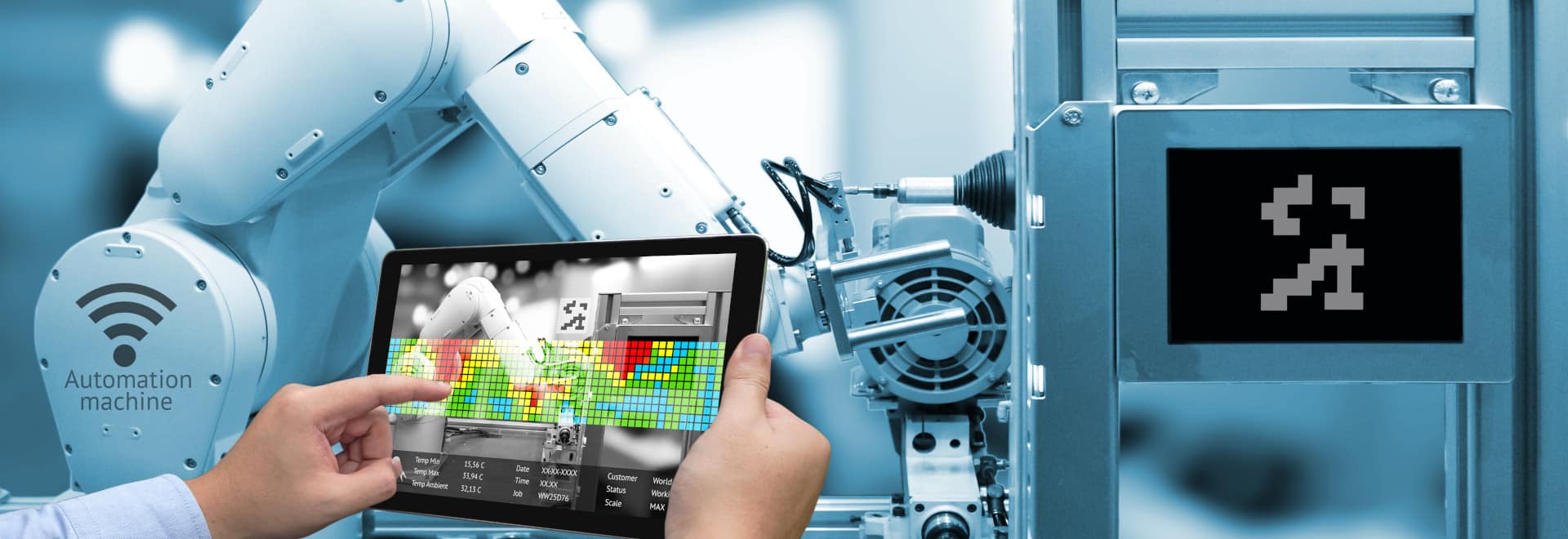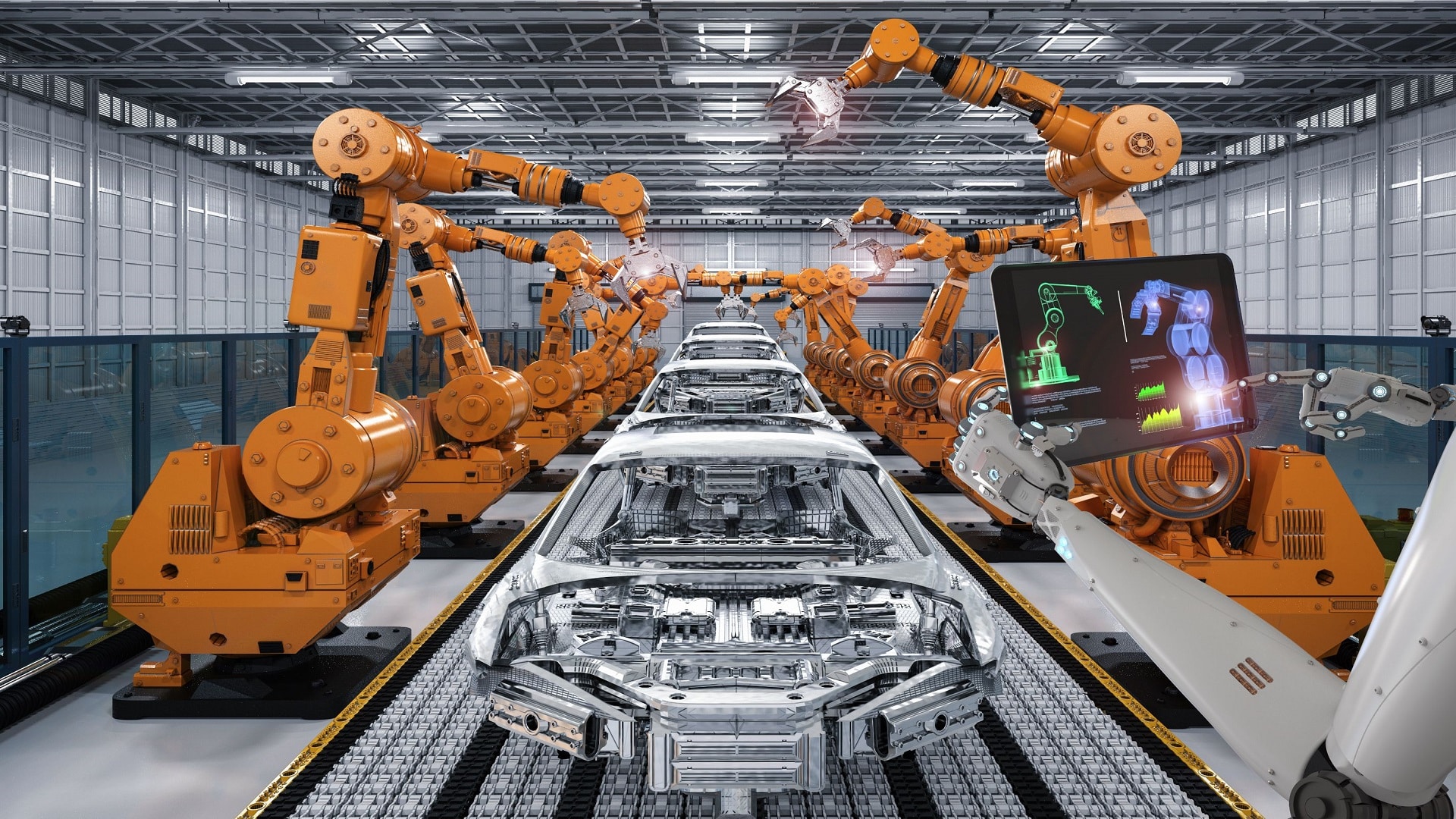How Artificial Intelligence is Revolutionizing Manufacturing
Written by David Koch
Published July 16, 2022

The constant push for increased efficiency and cost effectiveness has made manufacturing a hub for cutting edge technology. Collaborative robots, predictive maintenance, and the Industrial Internet of Things are a few of the notable innovations to this point. Amongst other recent developments is the use of Artificial Intelligence (AI) to optimize manufacturing and other business tasks. AI has major implications on the entire manufacturing industry and companies are racing to get involved.
In terms of production, A.I is software that can analyze information or data to facilitate high efficiency production. These software’s can give insights about your manufacturing, logistics and warehousing to then improve processes in the short term and long term.
This sounds pretty cool, but who’s actually using AI in manufacturing right now? Companies like Intel, Microsoft, Boeing, BMW and NVIDIA all use this technology and that’s just a few. Currently around 50% of large companies (100,000+ Employees) use AI in some form or fashion. Larger operations benefit greatly from small improvements within their vast production setups and logistical networks. These subtle optimizations can save significant amounts of energy, time and money when scaled to a large business.
For a quick example, AI is now being used for product quality control. A program can test the integrity of each unit with a high level of accuracy and repeatability. that increases product quality and can guide a company in improving their production process.

What’s the Big Deal?
AI is relatively new to manufacturing, but has already found many applications and results have caught the industries attention. Innovations like predictive maintenance help minimize production downtime from hardware issues and thus saves money and time. A manufacturer can see a 28% reduction in annual maintenance cost, and 30% reduction in parts maintenance. Those are staggering numbers, but how is it even done? This is achieved by lots of sensors collecting data from different components and systems of a production line. That data is then feed to an AI program that gains a statistical understanding of the process, and it gets smarter over time with more data. The AI gives insight on when certain parts will begin to break and even recognizes potential issues in real time. This approach to maintenance and upkeep gives an operation significant control of when their production is active and when it’s down. This is groundbreaking for manufacturers and reaches levels of efficiency that were once thought to be impossible.
Now lets move away from the production line and into the warehouse. The use of autonomous “forklifts” can act as a network of workers all controlled by one source. Information about orders, production and shipping will be used to coordinate operations in real time and maintain high efficiency. All these systems work as one unit that is more efficient and coordinated than any group of humans could ever be. And on top of all other improvements, autonomous robots don’t get tired, distracted or sick.
The last is the use of AI to predict region or location specific demand for a business. This means inventory and production can be changed in real time to account for changing market conditions and consumer behavior. This process is done like predictive maintenance but just uses different data.


Will AI Automation Cause Problems?
From a company’s perspective, AI improvements are extremely desirable and can improve a variety of critical business/manufacturing processes. On the other hand, the threat of AI automating large numbers of jobs is a real and growing problem. This is an issue that people are rightfully concerned over, but there’s more to this story than some may realize. As production evolves, job responsibilities will evolve alongside it. With these changes will come new employment opportunities to fill the needs of shifting operations. Roles like production planning will be done still done by humans in the future, but the duties will evolve closer to a software engineer than your traditional blue collar worker. It’s also, estimated that well over 50% of future manufacturing jobs don’t even exist within the current industry. The only certainty is a massive impending shift on the whole idea production and what that really means.
